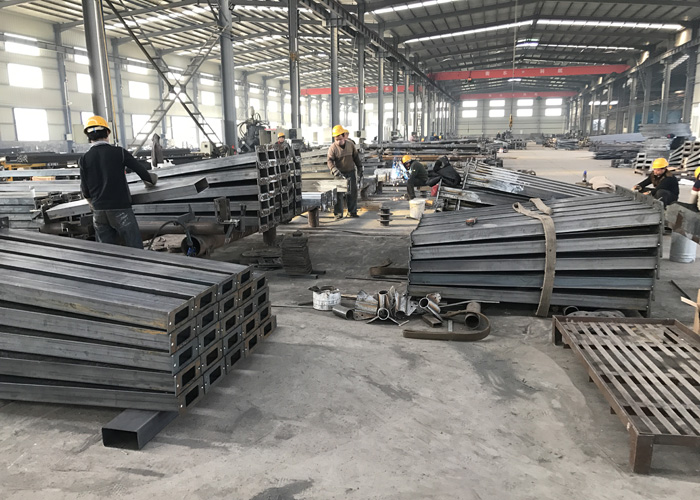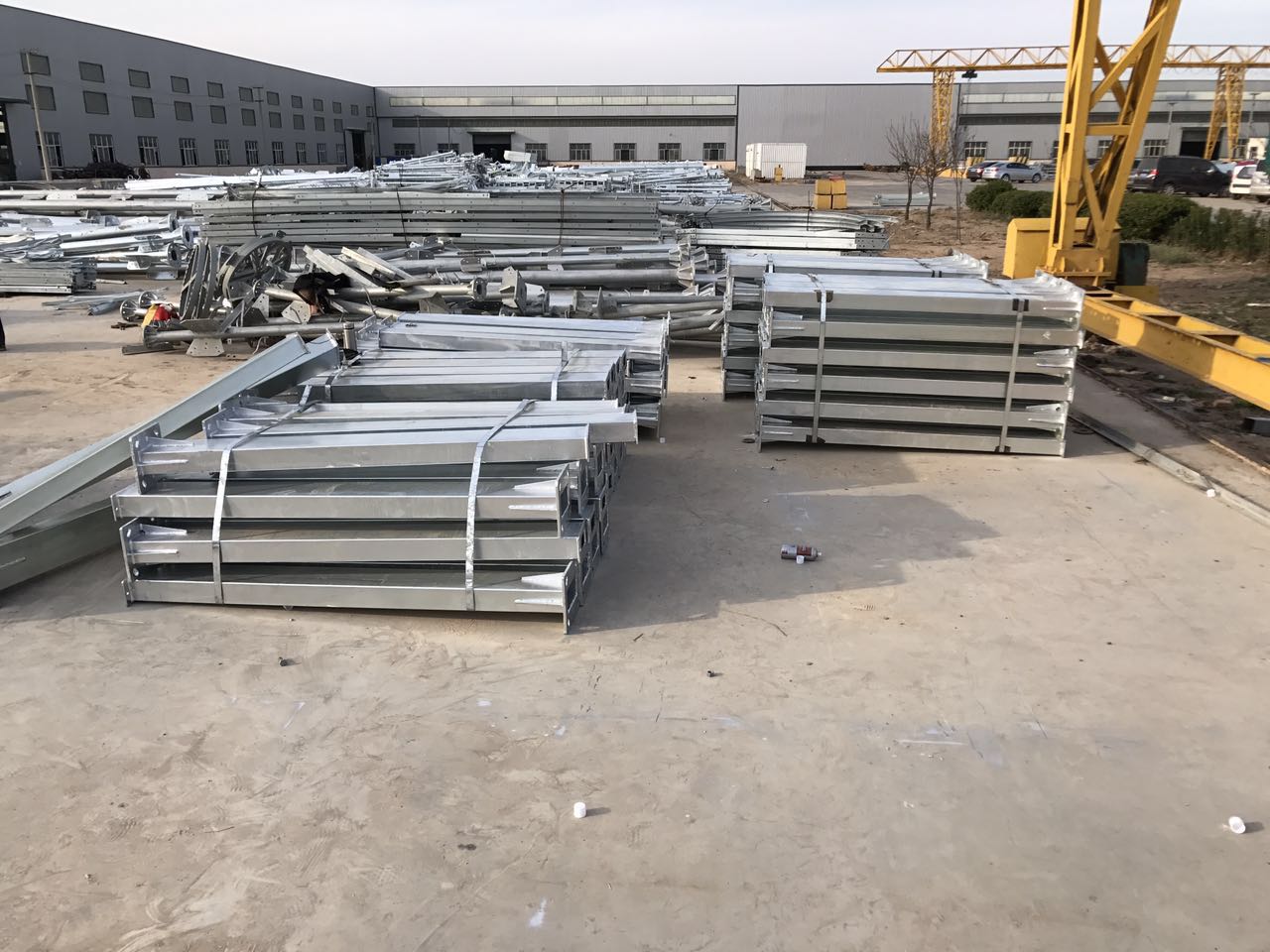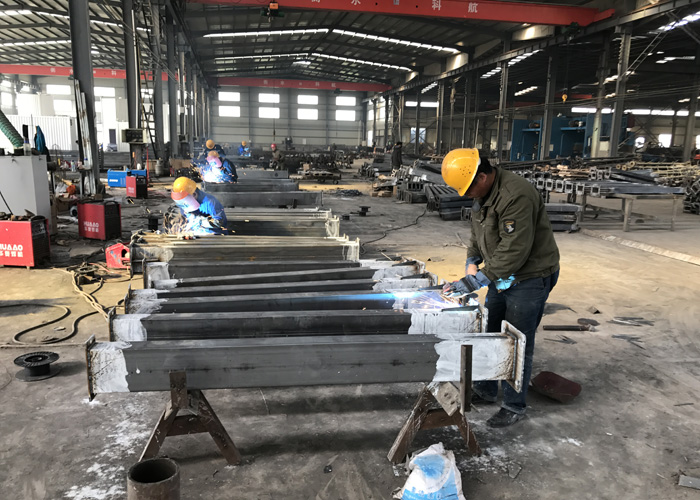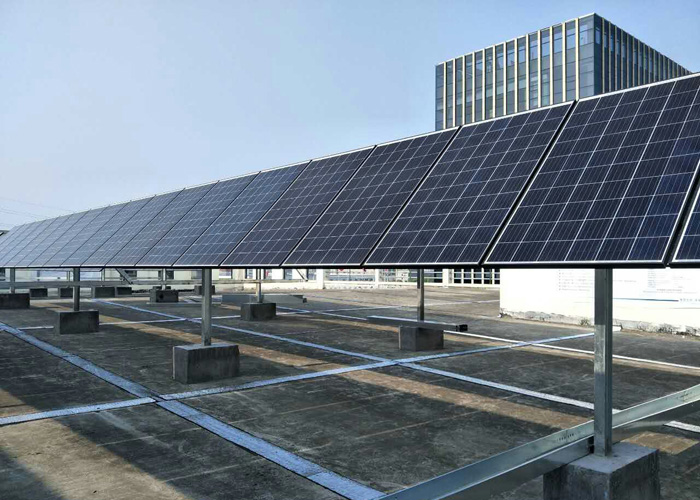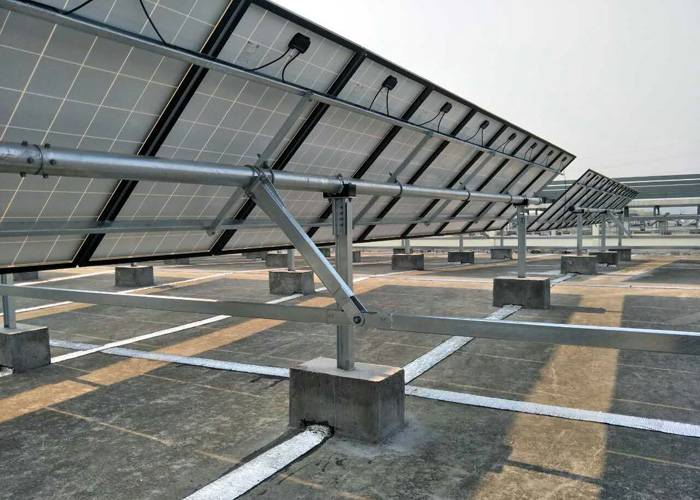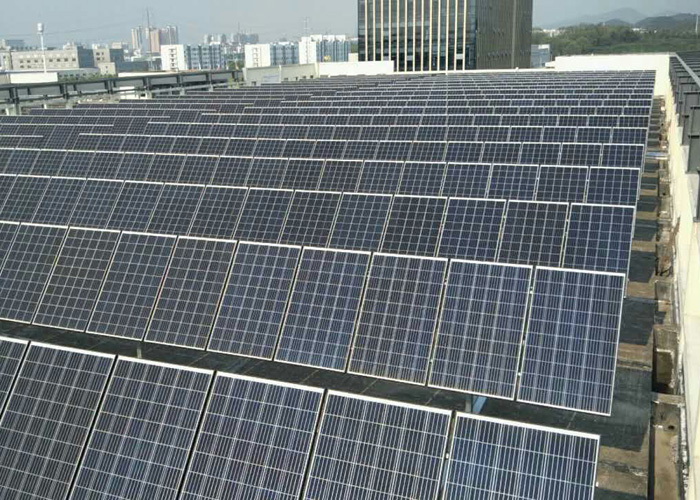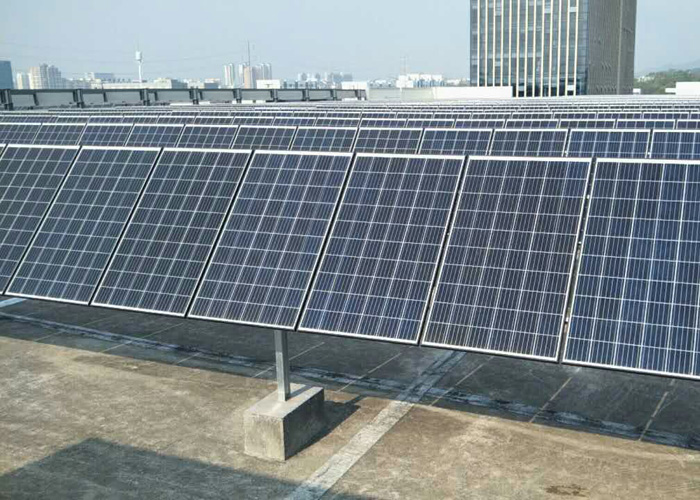Galvanized angle
By process classification can be divided into hot-dip galvanized steel and cold galvanized steel angle. Common market is hot-dip galvanized steel. Cold galvanized steel, generally require cold plating according to user needs processing. By the side can be divided into galvanized and other side angle and galvanized unequal angle steel.
Hot dip galvanized is divided into blowing and hanging plating.
Hot-dip galvanized steel process: angle pickling → washing → immersion plating solvent → drying preheating → hanging plating → cooling → passivation → cleaning → grinding → hot dip galvanizing completed. Hot-dip galvanized steel galvanized layer thickness uniform, up to 30-50um, good reliability, galvanized steel and steel is a combination of metallurgy, as part of the steel surface, so hot-dip galvanized steel coating durability more reliable .
1. Hot-dip galvanized steel, also known as hot dip galvanized angle or hot-dip galvanized steel angle. Is the angle of the steel after immersion immersed in about 500 ℃ molten zinc solution, so that the surface of the angle attached to the zinc layer, which played a preservative purpose, suitable for all kinds of acid, alkali and other strong corrosive atmosphere.
Angle pickling - washing - dipping solvent - drying preheating - hanging plating - cooling - passivation - cleaning - grinding - hot dip galvanizing completed. Hot-dip galvanized steel galvanized layer thickness uniform, up to 30-50um, good reliability, galvanized steel and steel is a combination of metallurgy, as part of the steel surface, so hot-dip galvanized steel coating durability more reliable . Hot-dip galvanized steel angle of the original material, so classified in the same angle.
2. Cold galvanized process for the protection of metals to prevent corrosion, for which the use of zinc filler coating, in any one of the coating method to be applied to the surface to be protected, after drying to form a zinc filler coating, dry coating The layer has an amount of zinc (up to 95%). Suitable for repair work (that is, in the repair process, only the surface of the steel is damaged, as long as repair the surface can be re-coated). Cold galvanized process for the corrosion of various steel products and structures.
Cold galvanized coating is mainly anticorrosive by electrochemical principle. Therefore, it is necessary to ensure full contact between zinc powder and steel to produce electrode potential difference. Therefore, the surface treatment of steel is very important. Before spraying cold galvanized, mechanical de-rusting (sandblasting, shot blasting, etc.) should be selected so that the surface cleanliness of the steel reaches ISO 85O1-1 Sa 2.5, equivalent to GB 8923 Sa 2.5. Its text is defined as: "steel after mechanical rust, the surface no oil, no rust, no oxide and other dirt, or only slight traces; 95% steel surface by steel shots (sand) impact, exposing Metallic luster. "
Another indicator of the quality of the surface treatment - roughness, different cold-galvanized materials require different roughness. In Zinga's construction instructions, the average roughness Ra = 12.5, ie roughness Rz = 55-75 microns, is required. In the "strong zinc" and "Robaru Lu" construction manual, the roughness requirements slightly lower, Rz = 40 ~ 60 microns.
If the cold galvanized film alone, as an anti-corrosion coating, the surface roughness can be controlled slightly smaller, in order to ensure the cold galvanized coating thickness; and when the cold galvanized as the bottom of heavy-duty coatings, the total supporting coating Thickness greater than 180 microns, in order to ensure the adhesion of the entire coating, the steel surface roughness Rz should be greater than 60 microns.


